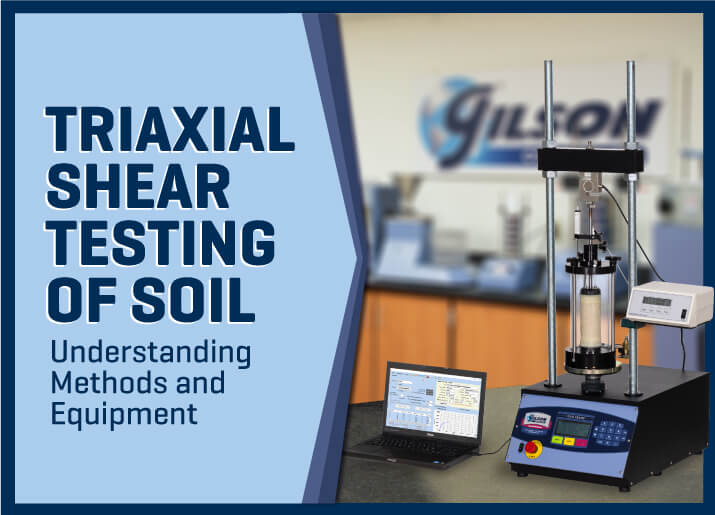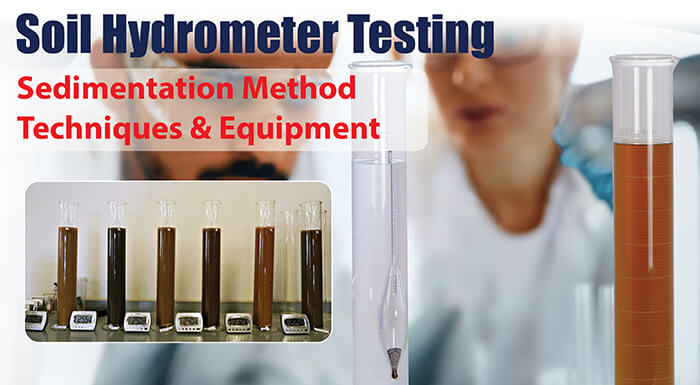Knowing how to determine stress versus strain is central to almost any strength assessment performed in a construction materials testing lab. In this blog, we explore the various the test methods and instruments available for measuring load and displacement.
- Log in
- Favorites List
-
Shopping Cart
You have no items in your shopping cart.
Blog posts tagged with 'Geotechnical'
Have questions about your materials testing equipment? We have the answers to these questions and much more right here! Check back monthly for long-form blog posts, how-to guides and infographics. We’ll address industry insights, the operation and maintenance of specific equipment, and our product line recommendations, all designed to better serve you.
Bookmark this page, add it to your RSS reader, or subscribe to our newsletter, so you never miss a hot topic.
Soil is a natural material and is sometimes employed as a construction material without modification. It is crucial to understand how it performs in its original (in-situ) environment. For this article, we will examine various field tests of soil and the equipment required to perform them.
Performing geotechnical and engineering tests on soils in the field is a combination of necessity and practicality. In this two-part series, this first post looks at methods, procedures, and equipment needed for field sampling and visual classification of soils.
With a little thought and planning, you can avoid duplicating the equipment needed to perform many sample preparation tasks. Many ASTM and AASHTO soil tests performed follow similar techniques and use the same or similar equipment to set up samples for your soil testing.

This month's blog discusses the triaxial shear test of soil. It focuses on three different test methods, all with variable requirements based on soil types and properties of individual specimens.
In this blog post we discuss why it is important to perform strength tests of soil subgrades for pavement design, and also review what is needed for each type of test method whether it be in the lab or out in the field including the DCP test.
Measuring the particle size distribution of fine-grained soils like clay and silt is best performed using the soil hydrometer test. In this blog post, we provide some guidance from sample prepping to performing the test procedure by following the ASTM D7928 standard test method.
In this blog, we briefly discuss what soil permeability (hydraulic conductivity) is and detail what equipment can be used for a wide array of soil permeability tests.
Laboratory load frames perform multiple test methods on a variety of soil, asphalt, and cement materials simply by changing prescribed components used for load and distance measurements. This blog post introduces Gilson’s innovative Servo Control Load Frames and explores important considerations for selection of a suitable load frame and testing components for your applications.

In this blog, we explore the two primary forms of soil classification for geotechnical purposes. Visual and laboratory classifications of soils are two distinct procedures that are part of a complete soils investigation.
- 1
- 2
- 2025
- 2024
- 2023
- 2022
- 2021
- 2020
- 2019
- 2018
- 2017
- 2016
- 2015
























